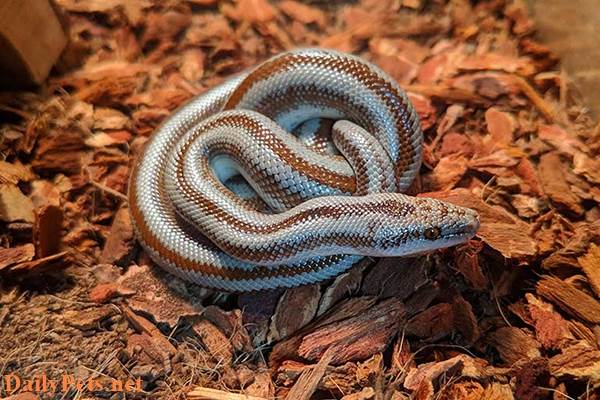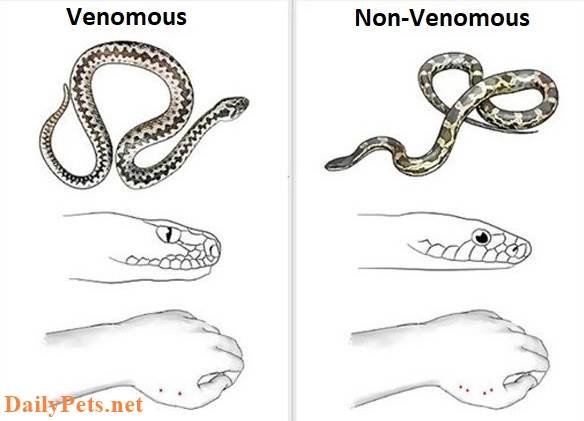Snakes are a highly diverse group of animals, comprising over 3000 known species worldwide. They inhabit various environments, from fossils to terrestrial habitats, both on land and underwater, and thrive in climates ranging from arid deserts to humid tropical forests and vast open oceans. However, our understanding of their origins remains limited. Snakes belong to a group of elongated, legless creatures that share a common ancestor with lizards. Unfortunately, their delicate and poorly-fossilized bones make it challenging to study them, resulting in scarce and mostly incomplete fossil records that hinder conclusive interpretations.
The ancestors of modern snakes appeared approximately 120 million years ago during the Cretaceous period. A perplexing question remains: why did snakes lose their limbs? Based on anatomical similarities and evolutionary history, they are considered close relatives of monitor lizards, geckos, and Gila Monsters. The Bornean Earless Monitor Lizard is a contemporary example of a burrowing lizard that might have a connection to the early ancestors of snakes due to its elongated body, lack of external ears, and resemblances to snake features.
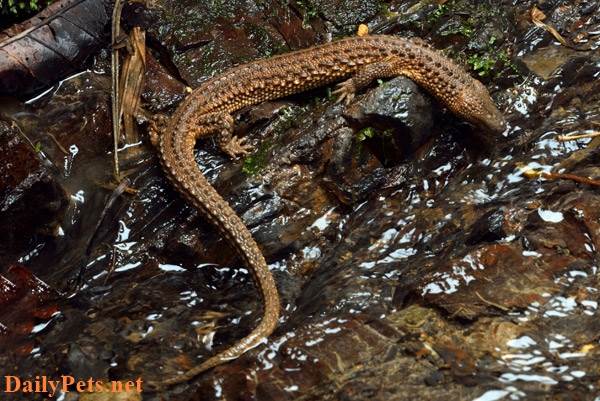
Earless Monitor Lizard – (Lanthanotus borneensis).
Two hypotheses persist regarding how snakes lost their limbs and became elongated as they are now: first, they evolved from aquatic reptiles, and second, they evolved from burrowing lizards. Both scenarios suggest that they had to develop long, flexible bodies for efficient movement through water or tunnels to adapt to such environments. Fossils of primitive snakes have been discovered but are predominantly terrestrial, providing insufficient evidence to support the marine origin theory.
Primitive snakes evolved elongated bodies to facilitate movement without limbs. However, the first snake-like creatures still possessed vestiges of hind limbs. Notable fossil findings, such as Dinilysia, Najash rionegrina, and Coniophis, were all terrestrial and lacked specific adaptations for aquatic life. Some ancient marine snake species have been found, but phylogenetic analyses reveal they are a later branch of Alethinophidia rather than representative of ancestral snakes.
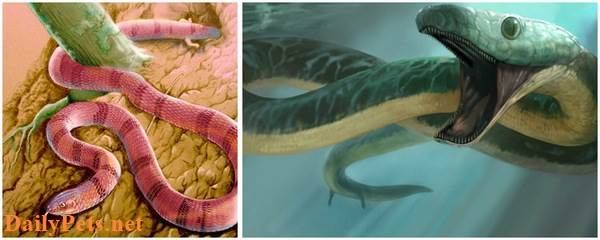
A representation of Najash rionegrina and Pachyrhachis problematicus.
Tetrapodophis amplectus, a recent fossil discovery from the Late Cretaceous, possessed four distinct limb-like structures instead of the typical two in modern snakes. These limb-like structures were relatively long compared to its small arms and legs, suggesting they were repurposed for grasping prey or mating rather than locomotion. While the anatomy of ancient snakes is often associated with burrowing adaptation, research indicates that ancient snake-like creatures were likely able to live on surfaces, utilizing their stealthy nocturnal hunting abilities to thrive in warm, gentle ecosystems with abundant water and vegetation.
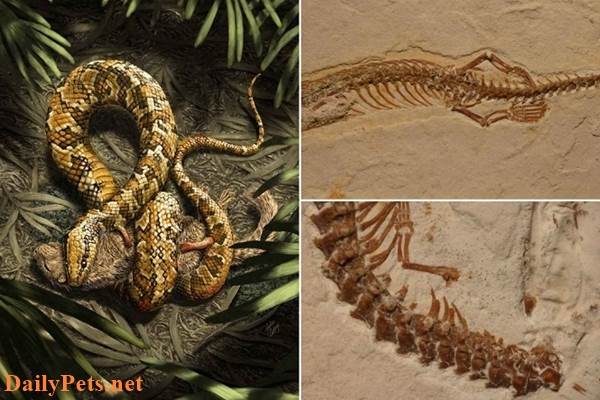
A representation of Tetrapodophis amplectus alongside fossil images.
It appears that the most influential evolutionary factor driving snake development was the transition towards burrowing lifestyles. Ancient burrowing lizards of the Late Cretaceous tapped into subterranean food sources by digging tunnels and exploring crevices. This underground existence also offered protection from predators. Over time, these animals adapted their traits in response to this burrowing lifestyle, mirroring the characteristics seen in modern Bornean Earless Monitor Lizards.
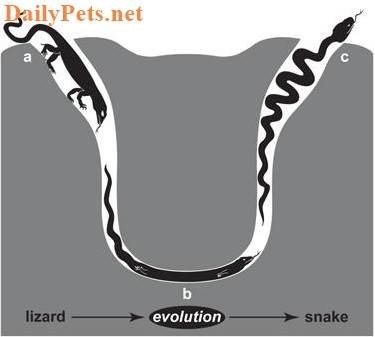
In conclusion, the evolution of snakes is a complex narrative where fossil evidence and anatomical studies provide insights into their journey from a shared ancestor to adapting to various environments.
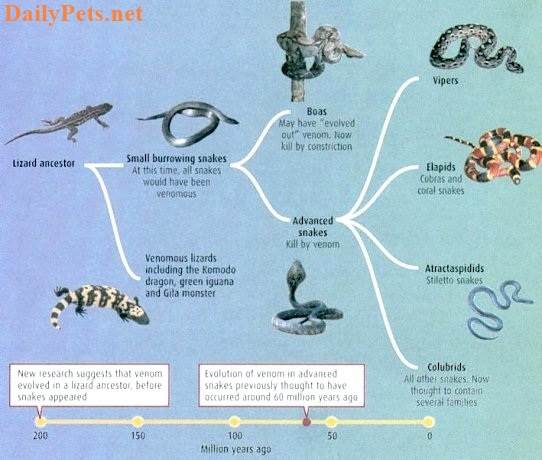
The evolution of venom in snakes.




